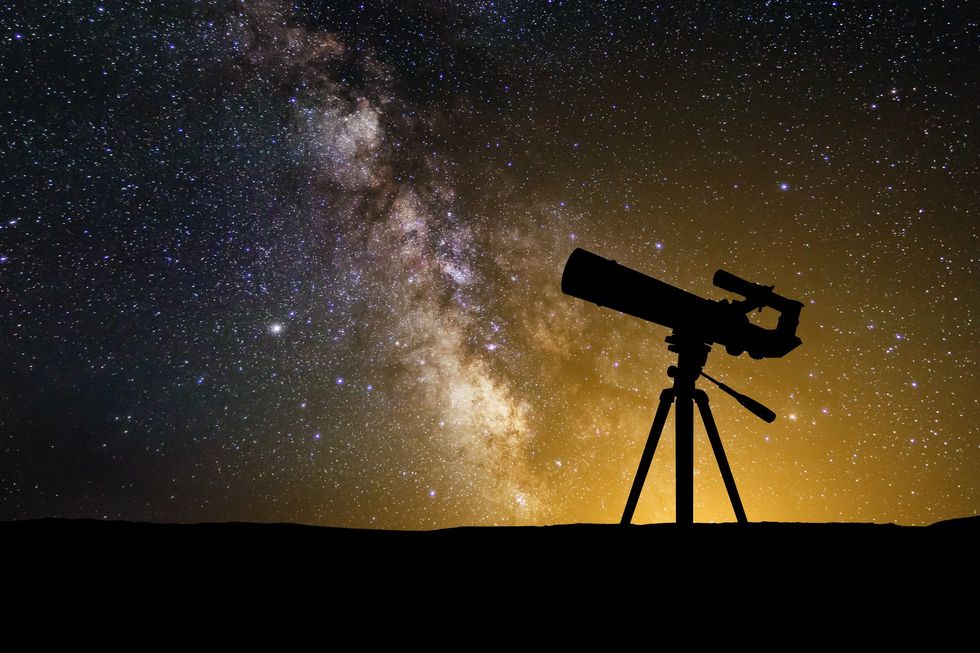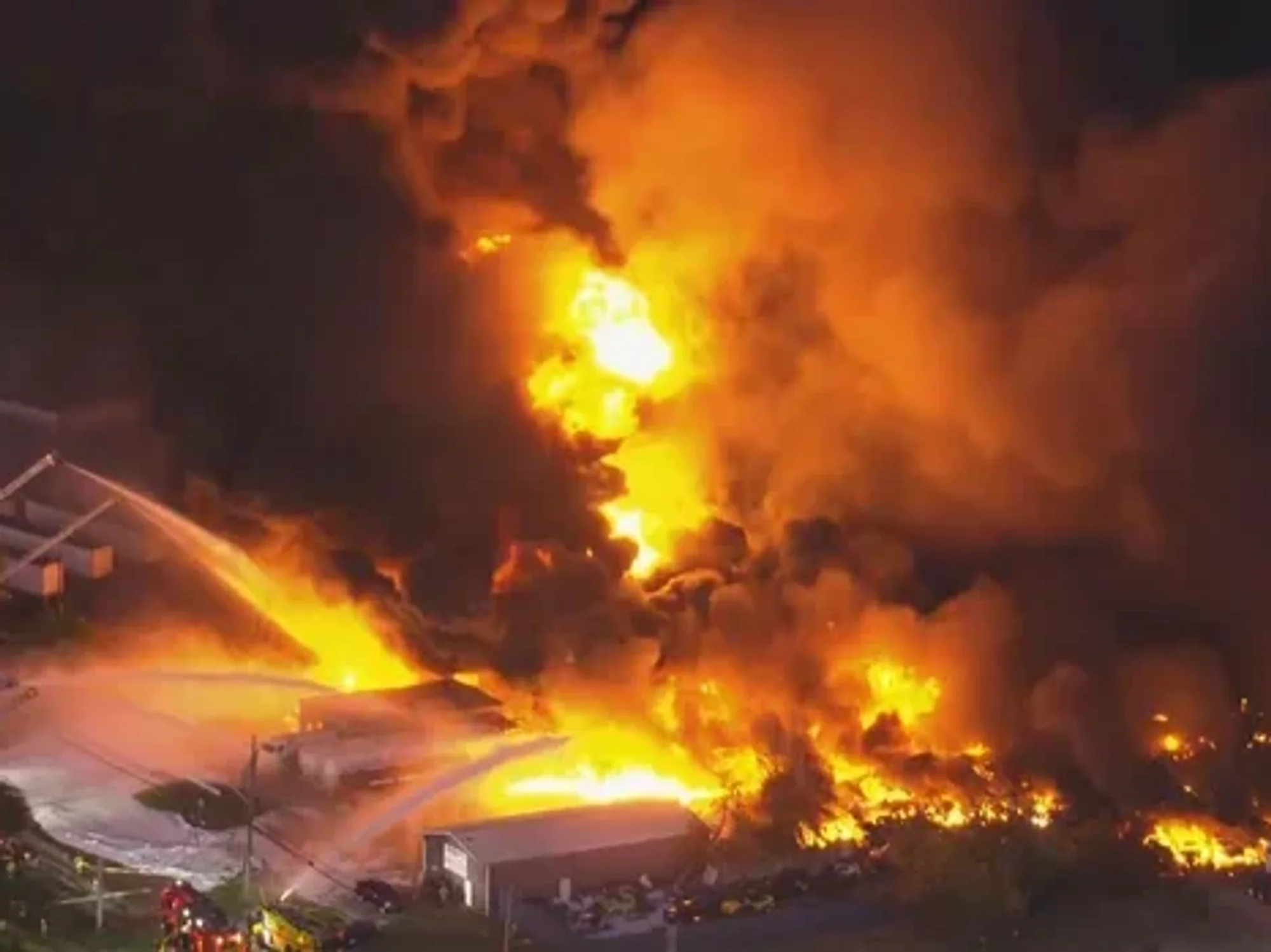Rare planetary event set to take place later this month - and you don't need a telescope to see it

Six planets are aligning in an unusual formation above Britain, in what is a rare celestial spectacle known as a 'planet parade'
Don't Miss
Most Read
Latest
A rare planetary event is set to take place later this month and Britons won't need a telescope to see it.
Six planets are aligning in an unusual formation above Britain, in what is a rare celestial spectacle known as a 'planet parade'.
Four of these celestial bodies are visible to the naked eye, offering stargazers an exceptional viewing opportunity this month.
The phenomenon, which began after Monday's Wolf Moon, sees the planets appearing to line up across the sky in what astronomers call the 'ecliptic' - the plane of the solar system in which planets orbit the sun.

Six planets are aligning in an unusual formation above Britain, in what is a rare celestial spectacle known as a 'planet parade' (stock pic)
|Getty
Tonight offers a particularly special viewing opportunity as Venus and Saturn will appear just "a couple of finger widths" apart from each other in the night sky.
Adding to the celestial display, Mars has reached opposition with Earth, positioning itself on the opposite side of Earth from the sun.
This alignment means Mars will appear notably brighter and larger than usual, as it reflects the sun's rays back towards Earth.
While Nasa notes this isn't Mars' "most spectacular" opposition, the red planet remains closer to Earth than typical.
For the best view of this celestial display, Britons should look westward immediately after sunset, where Venus will be clearly visible.
LATEST DEVELOPMENTS:

Four of these celestial bodies are visible to the naked eye, offering stargazers an exceptional viewing opportunity this month
|Getty
Saturn can be spotted to the left of Venus, whilst Mars glows orange in the eastern sky and Jupiter sits high overhead.
Viewers should note that after darkness falls, there is only a limited window to observe Venus before it sets below the horizon.
The display is visible across the Northern Hemisphere and will continue throughout the month.
While six planets are participating in this celestial alignment, Uranus and Neptune require specialist equipment to view.
These distant planets, located 1.7 billion and 2.7 billion miles from Earth respectively, can only be seen using a telescope with at least eight inches of aperture at 100x to 150x magnification.
The planet parade will continue to be visible until late February, providing ample opportunity for skygazers to witness this astronomical event.
The celestial display will become even more remarkable in February, when Mercury joins the formation to become the seventh visible planet.
Mercury will be most visible on February 28, appearing low on the western horizon just after sunset.
On this date, viewers can expect to see Mercury with Venus positioned above it, while Jupiter, Mars, and Uranus will be placed high in the southeast.
This final configuration will mark the culmination of this extraordinary astronomical event.










